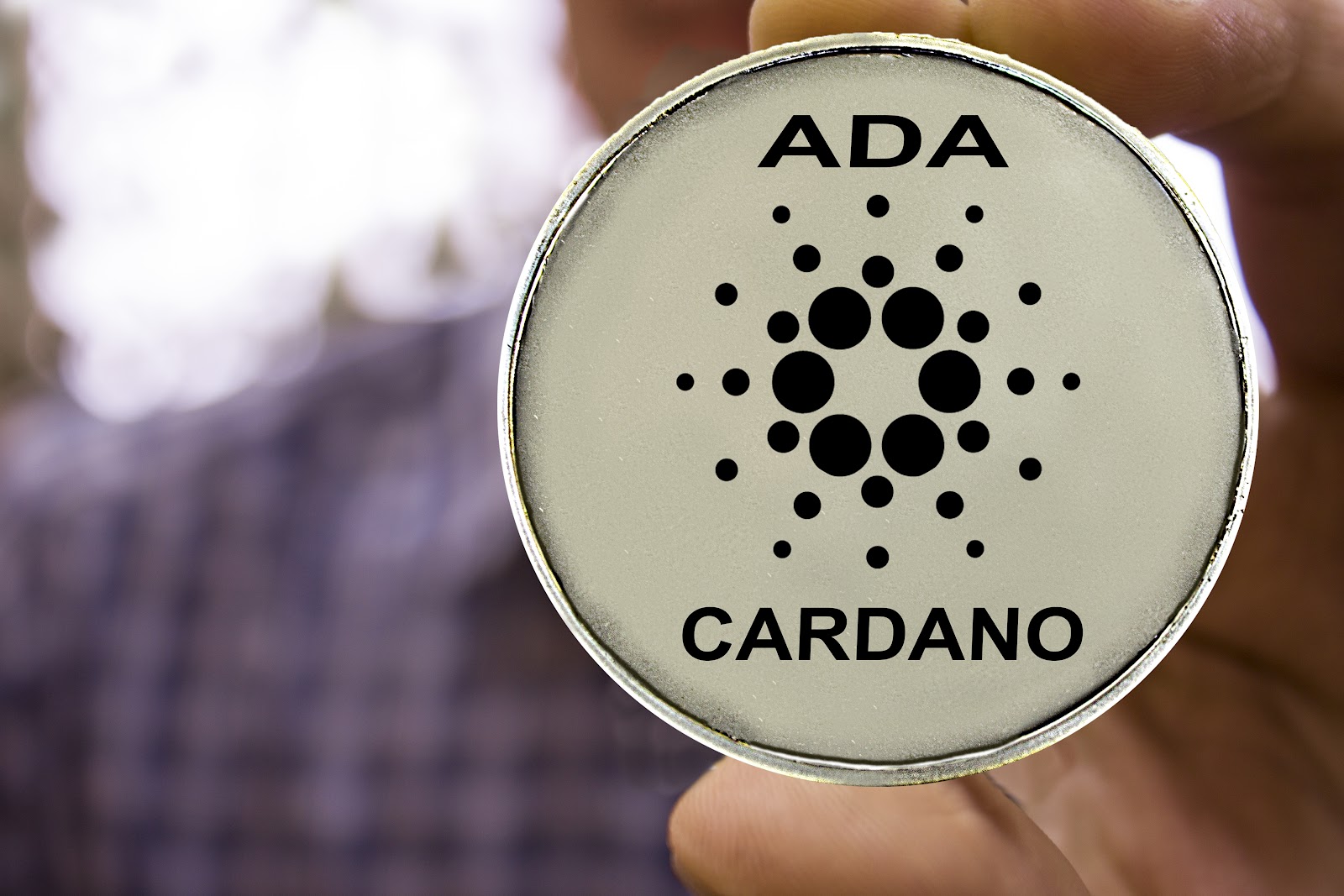Chainlink dominates the defect development-the ten most important projects

- Chainlink leads the defect development and highlights quick innovations and the strong system growth.
- The filtered data from Santiment offer precise insights by excluding forks and low -quality actions and thus enabling better project evaluation.
The development activity is probably the most important indicator of progress and innovation in the decentralized financial sector. The latest data from Santiment show Chainlink (Link) as the leading DEFI project in relation to development activity. These findings come from the Ecosystem Development Activity Dashboard from Santiment, the important software development events in blockchains and the associated decentralized applications (DAPPS).
The development activity in the crypto sector is often evaluated by counting commits in Github repositories. However, Santiment chose a different approach to avoid inflation of the activity figures, which is mainly due to project forks. In this process, the entire code base, including all commits, is copied, which can artificially drive the commit numbers up, even if no new work is done. Instead, Santiment focuses on pre -selected development events and filters out low -value actions such as comments, problem tracking or project management events.
Here are crypto’s top 10 DeFi projects by development. Directional indicators represent each project’s ranking positioning since last month:
1) @chainlink $LINK
2) @deepbooksuiui $DEEP

3) @defichain $DFI
4) @Synthetix_io $ Snax (On Ethereum)
5)… pic.twitter.com/kJ8fjec2Ku
– Santiment (@santimentfeed) June 26, 2025
This method enables a more precise representation of the actual development effort, since inherited commits from Forks are excluded. By counting specific events instead of raw commits, the data show new code benefits and real innovations within projects.
TOP 10 Defi projects according to development activity
The latest ranking from Santiment shows Chainlink at the top, followed by Deepbook on Sui (deep) and Deficain (DFI). Other big projects on the list are synthetix ($ SNX), Babylon Labs ($ baby), Lido Finance ($ LDO), Liquity Protocol ($ LQTY), Injective Protocol ($ inJ) and the Bitcoin staking solution, presented by Coinbase ($ CBBTC) and Fox Finance ($ FOX).
Chainlink’s position shows that the company continues to focus on the development of Oracle technology and the interoperability of smart contracts, which are among the essential elements of the defi ecosystem. The existence of projects that involve various blockchains, such as Ethereum, Sui and Binance Smart Chain derivatives, shows the competitive character and the heterogeneity of defi development.
Importance of developer activity for project growth
The active development is usually closely associated with the chances of acceptance and sustainability of a project in this competitive blockchain world. If a large community of developers creates continuous improvements, error loops and new functions, the likelihood of long -term growth and robustness of the project increases. The number of contributors is also important, since it indicates a larger range and a wider basis of support than the dependence on a small inner circle or a single developer.
The dashboard von santly A distinction between pure development events, such as code commits and pull requests, and general github activities that include all actions except commits, such as issues and comments. This clear separation ensures a fair and exact comparison between projects that use different tools and workflows for the management of your repositories and community interactions on different platforms.
An increase in development activities is also accompanied by a decline during vacation, even in the most productive ecosystems such as Ethereum. Regardless of this, the activity on Ethereum is still on par with the other large blockchain such as BNB Chain and Polygon.
With the availability of such metrics, investors, developers and analysts are able to check the development trends in real time. This foresight helps to develop new projects and to change the basics of the Defi world in order to be able to make a well-founded decision.









No Comments